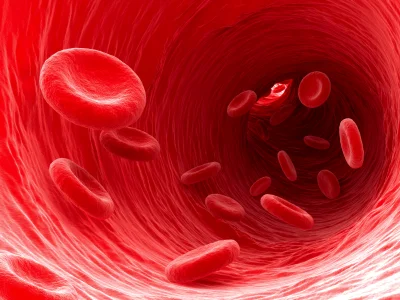The possibilities of prenatal diagnostics and intrauterine therapy are very broad today. It is often already possible to detect various types of malformations at an early stage of pregnancy and to carry out possible treatment. Non-invasive tests are also becoming increasingly popular. Find out what types of genetic tests are available in pregnancy and who should carry them out.
Genetic testing during pregnancy – when should it be done?
Genetic testing during pregnancy is not mandatory for all pregnant women, but for a specific group of expectant mothers. According to the current recommendations, women who are older than 35 years, who have already given birth to a child with a genetic defect or who have a known family history of genetic defects can avail themselves of prenatal testing. The first stage of diagnosis is always an ultrasound examination in the first trimester with assessment of the risk of a defect in the form of a composite test (the so-called PAPP-A test). If this result gives the doctor cause for doubt, the pregnant woman is referred for genetic tests – non-invasive or invasive. These are usually carried out after the 10th to 13th week of pregnancy (after the ultrasound examination in the first trimester). If the risk of a chromosomal disorder in the PAPP-A test is between 1:300 and 1:1000, the doctor should recommend a non-invasive genetic test (NIPT). If the risk is greater than 1:100, an invasive test is indicated.
Genetic testing during pregnancy – invasive tests
Invasive tests are performed in women who have a risk of chromosomal aberration greater than 1:100. If this risk is between 1:100 and 1:300, a NIPT or invasive diagnostics can be performed as an alternative. Invasive tests include: Umbilical cord puncture, amniocentesis and chorionic villus sampling. These tests differ in the week of pregnancy at which they can be performed and the material taken during the procedure. Chorionic villus sampling takes chorionic villi, umbilical cord puncture takes blood from the vessels of the umbilical cord, and amniocentesis takes amniotic fluid. For genetic testing, amniocentesis is the most frequently performed invasive test. You usually have to wait several days for the results of this test. The risk of complications is low. It is currently estimated at 0.1-1%. The most common possible complications include premature discharge of amniotic fluid.
Genetic testing during pregnancy – non-invasive tests
Non-invasive genetic testing in pregnancy – NIPT – has become increasingly popular in recent years. Manufacturers offer a range of similar tests, the basic idea of which is to examine the blood of the pregnant woman and analyse the baby’s DNA contained in it (so-called cell-free fetal DNA – cffDNA). The success rate of non-invasive prenatal tests is up to 99%. Cell-free fetal DNA tests can determine the sex of the baby and the most common chromosomal abnormalities such as Down syndrome, Edwards syndrome and Patau syndrome. However, it is important to remember that non-invasive tests require confirmation by an invasive test in case of a positive result.
The decision on the choice of genetic testing is always made by the parents, who can rely on the advice of a specialist in perinatology or genetics as well as the gynaecologist responsible for the pregnancy.











